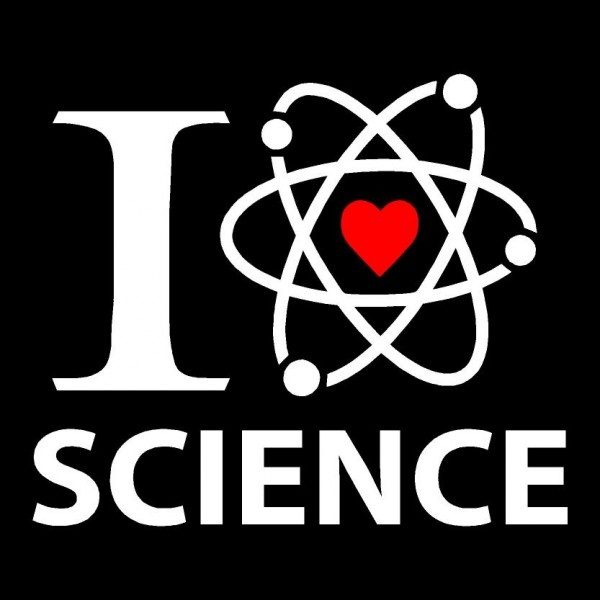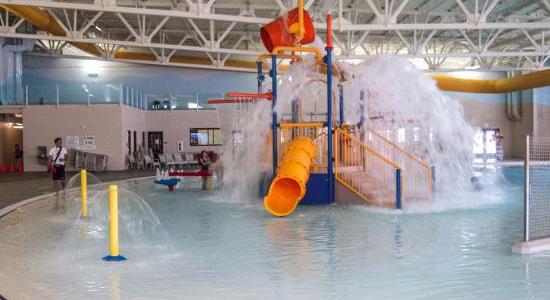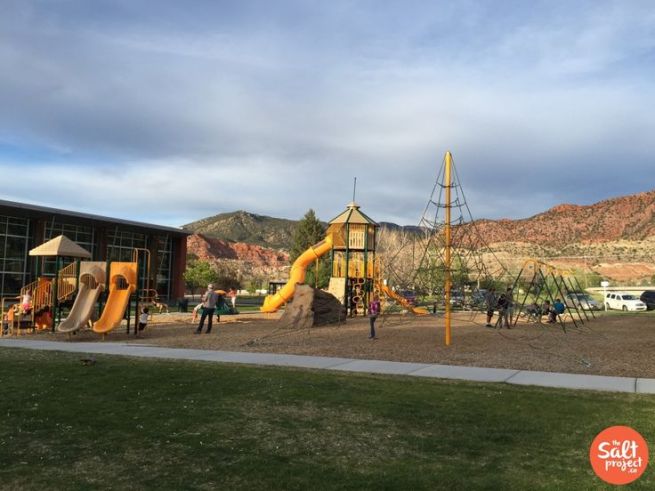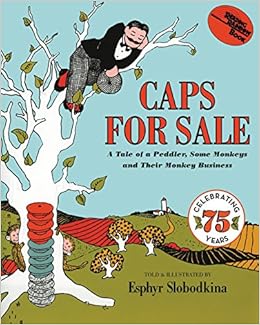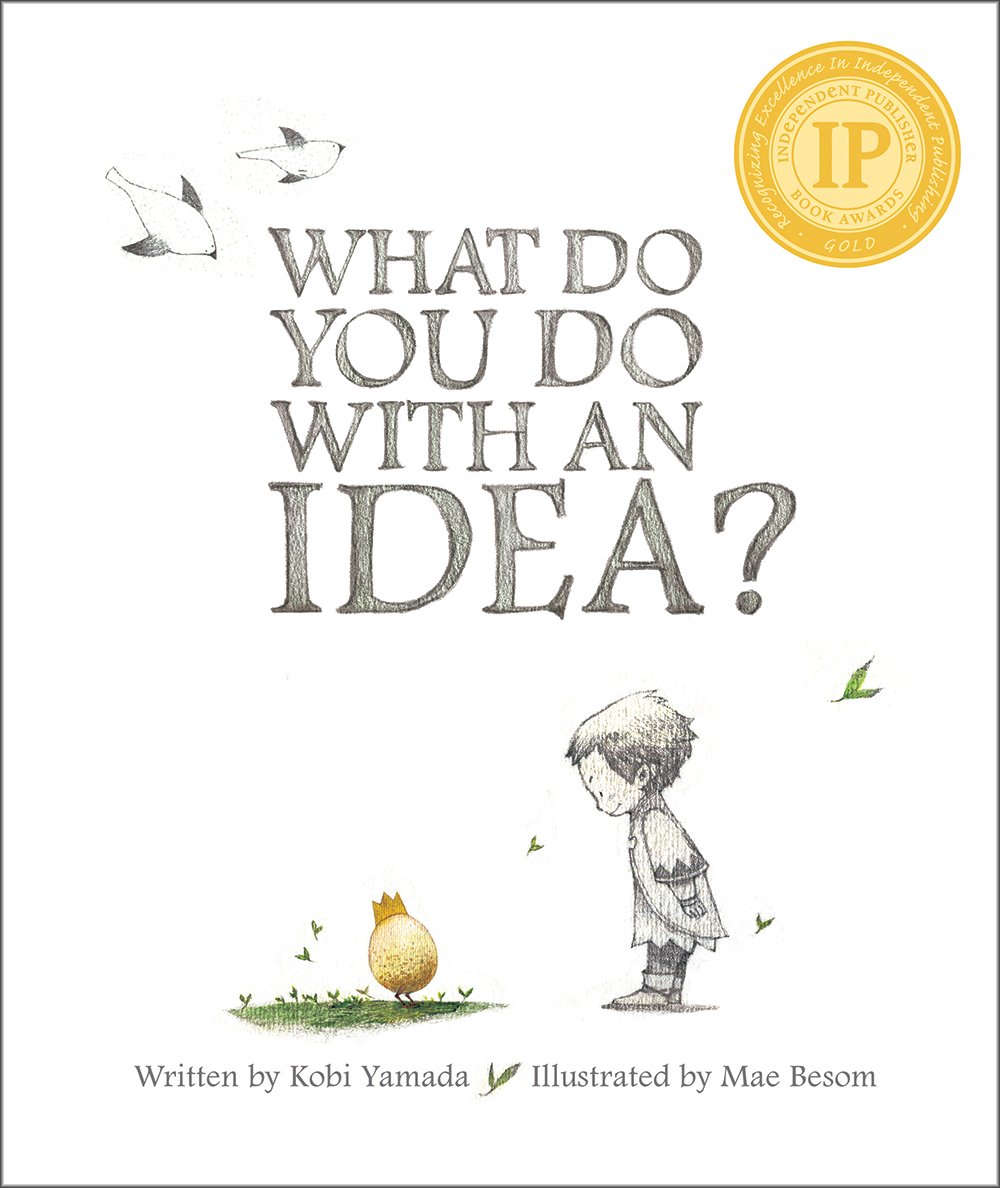
Magnets are all around us from our computers, compasses, phones, cars and our amazing Earth.
“From your clothes to your desk, every bit of matter is made of tiny particles called atoms. Atoms have negatively charged electrons that spin around them. Most of the time, the electrons spin in random directions. When the electrons all spin in the same direction, though, they create an invisible force known as magnetism.
When something is magnetic, it can pull things with steel or iron in them to it. The two ends of a magnet are called the north and south poles. These are the parts where the magnets are strongest. Around these poles is an area known as a magnetic field. In the magnetic field, other objects can be drawn to the magnet.” ~easyscienceforkids.com
In class we will be having magnetic stations, magnet marble races, making magnetic slime, making homemade compasses and extracting the iron out of cereal with a magnet. I’m excited to “attract” the kids to science…haha!










